Mexico City Art Tour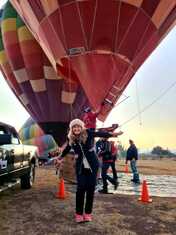 Our first adventure in Mexico began with a sunrise hot-air balloon trip over the Mayan remains of Teotihuacan. An ancient Mesoamerican city located in a sub-valley of the Valley of Mexico, which is located 40 kilometers northeast of modern-day Mexico City. Teotihuacan is known today as the site of many of the most architecturally significant Mesoamerican pyramids built in the pre-Columbian Americas. Day 1 - Museo Soumaya & Museo Jumex
Within the vastly stark shiny white interior, a selection of exquisite art pieces from all around the world reside. I found myself drawn to a copy of Rodin's sculpture " The Thinker", which seems to outshine the impressive pieces but of course very confusing because it is definitely not the original. This surprised me rather as the room upstairs was full of originals. Not as famous as the sculpture of The Thinker but why would one exhibit a replica of such magnitude in such a prominent place in the museum? After all isn't owning an original art piece just the best thing ever! 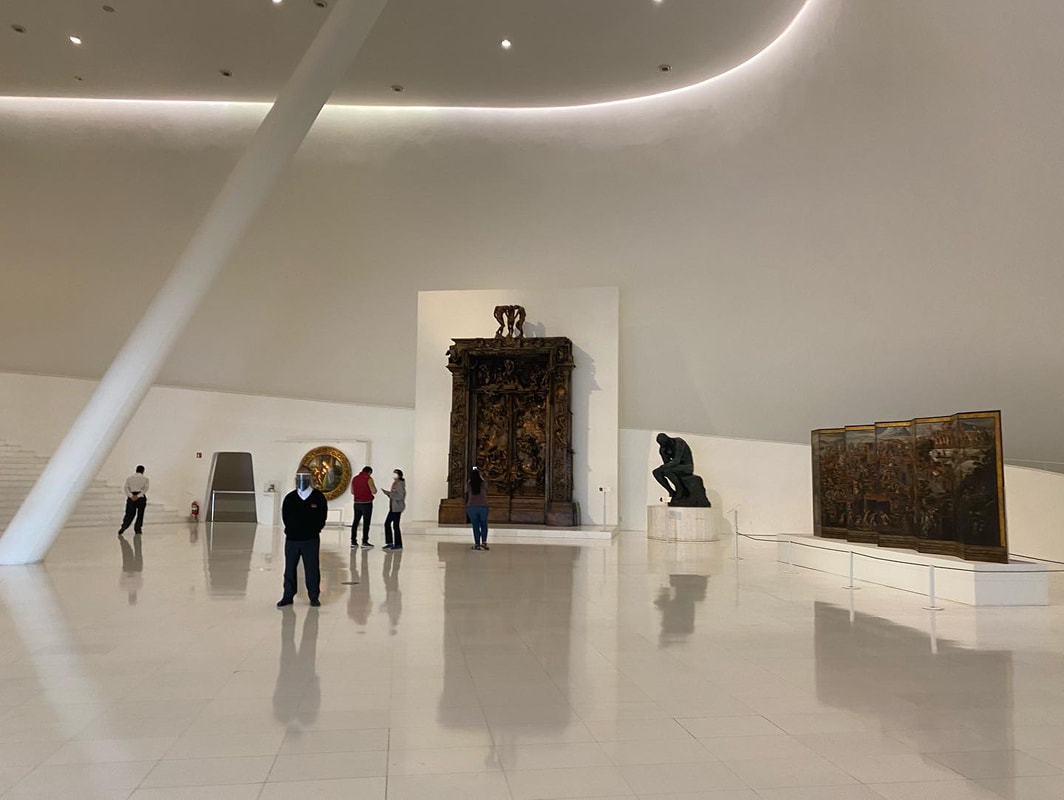 One of my highlights were the two murals back to back on the left hand side, which form a part of a 4-piece mural design in venetian mosaic. These represent the first portable mural program conceived and executed entirely by Diego Rivera, the famous Mexican muralist himself.  On the right hand side, I was immediately enchanted by the immense mural painting by my new found favourite Mexican painter and muralist David Alfaro Siqueiros. Siqueiros was a Mexican Social Realist painter, best known for his large public murals using the latest in equipment, materials and techniques. Along with Diego Rivera and Jose Clemente Orozco , he established "Mexican Muralism". The "piece de resistance" that impressed me the most was the painting featured below by Siqueiros. It immediately stood out as the most powerful piece; its size, subject matter and choice of colour palette with similarities to a chiaroscuro painting by Caravaggio . Here, Siqueiros depicts Emiliano Zapata the revolutionary leader of native ancestry and champion agrarian reform who fought in the Mexican revolution from 1911-17. I was intrigued that the foundation has chosen to exhibit this piece, as it is not a part of its collection but a part of the National Art Patrimony. It is under restoration by strict guidelines, set by the National Centre of Conservation and local Patrimony which falls under the Fine Arts & Literature Institute Cultural Department. We chose to begin on the top floor, fifth floor, of the museum which is dedicated to the Slim family and houses the largest private collection of original Rodin sculptures outside of France. In my opinion this floor feels far too crammed with so many sculptures and even mixes in some impressionist paintings by Renoir & Degas (see image below). It feels like visitors get very little chance to admire the value of each piece, being placed so close to the other in such a haphazard display style. The 4th floor is where the Mexican painters are housed. Here I enjoyed viewing the different approaches and styles of local artists and below I have gathered a few of my favourites. The Mexican realism, the choice of bold colour, religious, political, social or historical subject themes sparked my interest. These are examples of using art to communicate messages, as opposed to Bajo's Flower by Wilhelmy (the first image in this blog) which instead simply depicts local beauty. One of my favourite areas in the museum was the part where the mural by Siqueiros' "Coal Miners" was placed along with a few other smaller paintings as seen below. Siqueiros was a member of the Mexican Communist Party, a Stalinist and supporter of the Soviet Union who led an unsuccessful attempt to assassinate Leon Trotsky in 1940. The third floor hosted some of my all time favourites such as Chagall, Vlamick, Dufy, Nolde, Dali and Sorolla. It was very interesting to see which paintings the Foundation chose to invest in. The museum had a painting by my favourite German Expressionist artist, Emil Nolde, part of his Sea Series paintings I absolutely love. I recently saw another from the same series at the Amsterdam Stedlijk Museum as part of the Kirchner & Nolde: Colonialism Expressionism exhibition only a couple of months ago! The wonderful Rosa Portugalo marble sculpture featured below is by Manzoni and really was my all time favourite! We rushed through the last two floors as by now we really had quite a dose of this fabulous and varied art collection and wanted to leave a little energy for visiting the Museo Jumex opposite. To the side of Plaza Carso, where Museo Soumaya is, one can find the Museo Jumex showing contemporary installations, photography and paintings. To be truly honest with you, I couldn't really resonate with the works in this museum and therefore just scooted around to get a feel about what was on exhibition throughout the 5 floors. So here's a little snippet of some of the pieces that really stood out for me. On the 3rd floor there was some installation work by a Mexican artist Sofia Taboas. Her practice includes a range of approaches and materials to create sculptures, installations, architectural interventions and paintings that speak to the relationship of the body and culture to the natural world and the lives of others. Museo Jumex has Latin America's largest private contemporary art collections including artists such as Andy Warhol, Cy Twombly & Damien Hirst but unfortunately the Museum was in the process of doing works on that floor, so I was unable to view these collections. Day 2 - Museo Frida Kahlo - Casa Azul Museo Frida Kahlo known as Casa Azul was next on our bucket list. Here is where the legendary Frida who is known for her portrait art works was born, raised, lived and died. As a child Frida, contracted polio and she later was involved in a bus accident that left her disabled. Unfortunately she struggled with her health for the rest of her life but this did not stop her with her art. She was also married to the famous painter and muralist Diego Rivera, and during their time travelling around Mexico and the USA she developed her own artistic style drawing from Mexican folk culture. On Friday 28th January, we visited Casa Azul and followed the entrance from the courtyard towards the two main rooms. Here 10 or so self portraits of Frida resided, along with some photos taken by her father who also had an artistic streak with his photography. Museo Frida showed many aspects of Frida's life and some very macabre ones like the bed she was bound to where her mother fixed a mirror directly above to allow her to paint portraits. There was also another whole area of the house dedicated to the dresses she wore and the straps she needed to wear to assist with her disability.
Day 3 - Museo Mural Diego Rivera and more On Saturday 29th January, we ventured into the city centre, the Zocalo as it is called, was definitely the highlight of our Mexico City trip. The Mexican muralists! We started at the Museo Mural Diego Rivera on the west side of Almeda Central Park and then walked across to the Palacio de Bellas Artes on the opposite side.
A walk across Almeda park towards the imposing Palacio de Bellas Artes was wonderful and really offered a good feel of Mexico City. The Palacio is definitely the most beautiful building in the centre! It's art deco interior was very grand with a unique blend of marbles. A good place to expose this incredible selection of murals over 3 floors. Starting from the third floor, the first mural that caught our eye by Diego Rivera, was the "Man at Crossroads", controller of the Universe. This piece depicts a variety of technological and societal themes, and unarguably rather controversial at the time for its inclusion of Lenin and Soviet May Day, originally commissioned for the New York Rockerfeller Center in 1933. The Rockfellers were not happy with it and it was eventually destroyed before Rivera recreated it a year later. On the north side of the third floor an incredible 3 part mural "The New Democracy" by Siqueiros which was created in 1934, it depicts democracy breaking her chains! The mural "Catharsis" by Jose Clement Orozco is another symbolic painting depicting the state of the society at that time, being full of conflict, decay and destruction. Highlighting a world consumed by industrialisation and war. In contrast a 4 part mural where Diego Rivera conveys "Carnaval de la Vida Mexicana", offering a more playful vision into Mexican life at the time. On the 2nd Floor are two early 1950's works by the famous muralist Rufino Tamayo, "Mexico Today" & "Birth of Nationality" which symbolically depicts the creation of the 'mestizo' identity (a person of mixed indigenous & Spanish ancestry). Getting to know the Mexican Muralists was really the highlight of our trip to Mexico City. Understanding the magnitude of the murals, their compositions & subject matter has really helped me towards planning my Lisbon mural that is about to take place in the neighbourhood of Principe Real this May. I have decided i will be doing the project in stages, dividing the 25 metre outdoor wall into 2/3 parts, creating a duology/trilogy depicting the different aspects of Lisbon life. It's lazy beach life complemented by its colourful city vibe in a lyrical story like style.
I look forward to keeping you updated as this develops but before that I'll be updating you shortly on our trip to the historic cultural city of Oaxaca part of the state of Oaxaca.
0 Comments
Leave a Reply. |
|

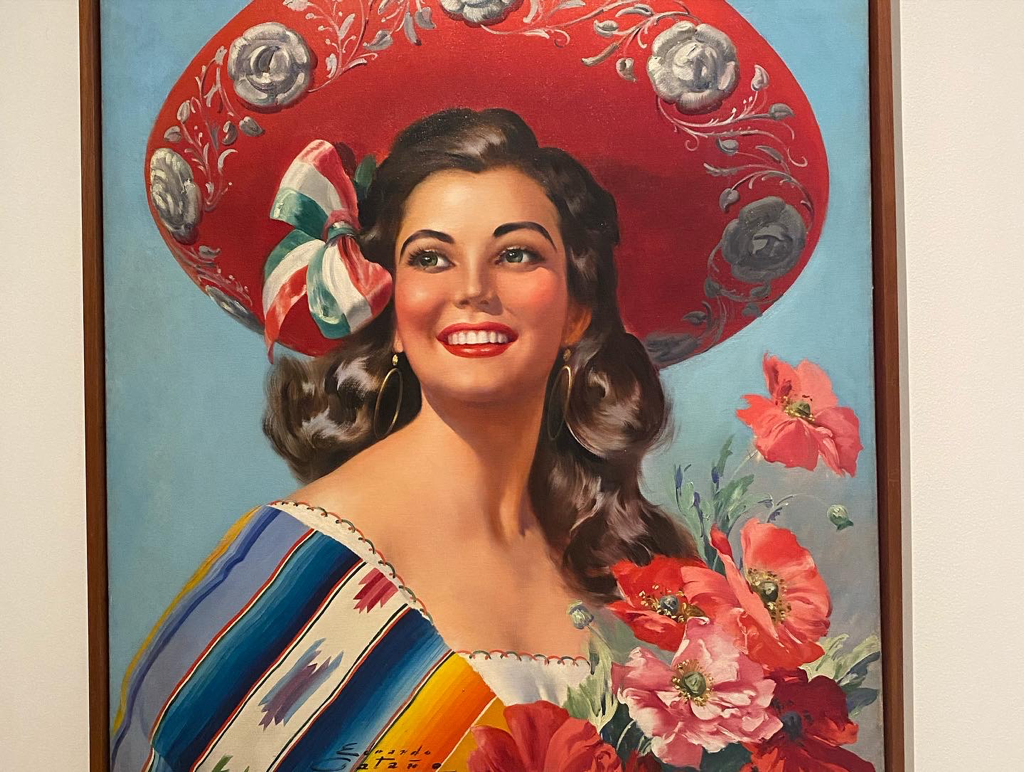
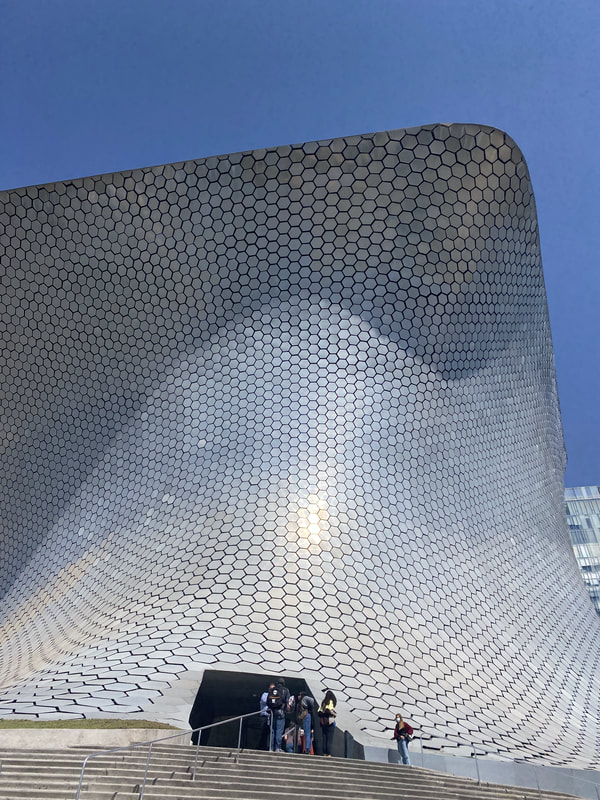
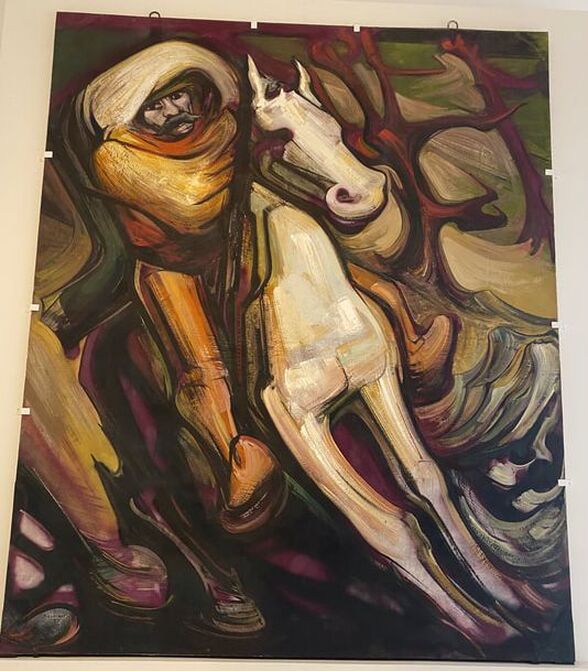
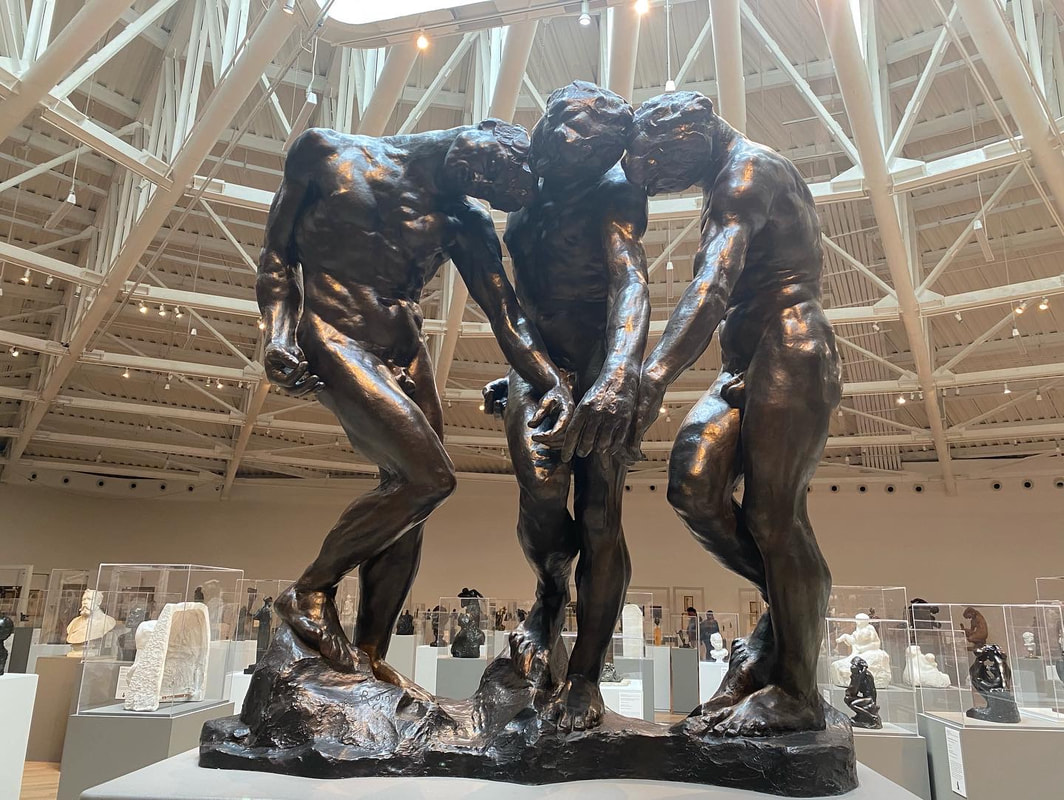
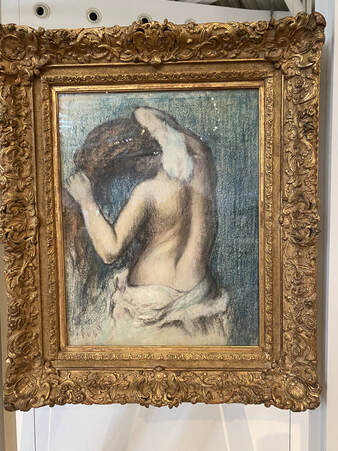
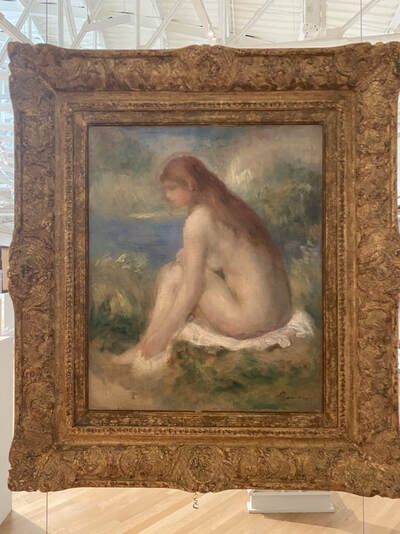
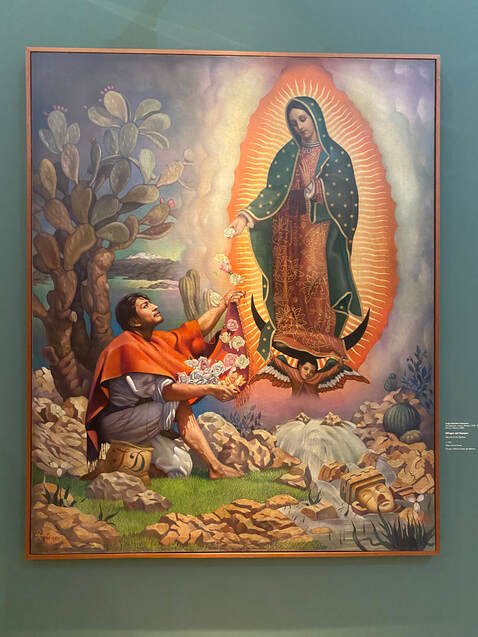
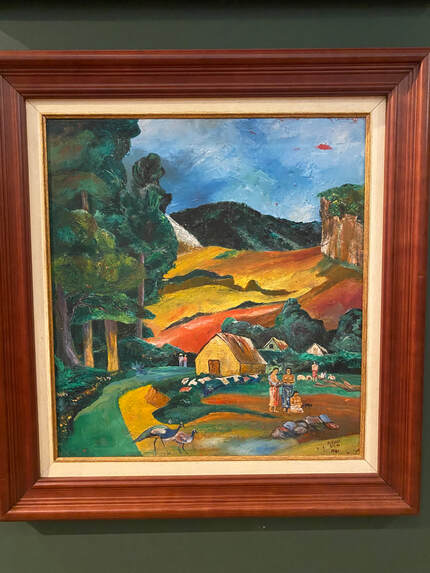
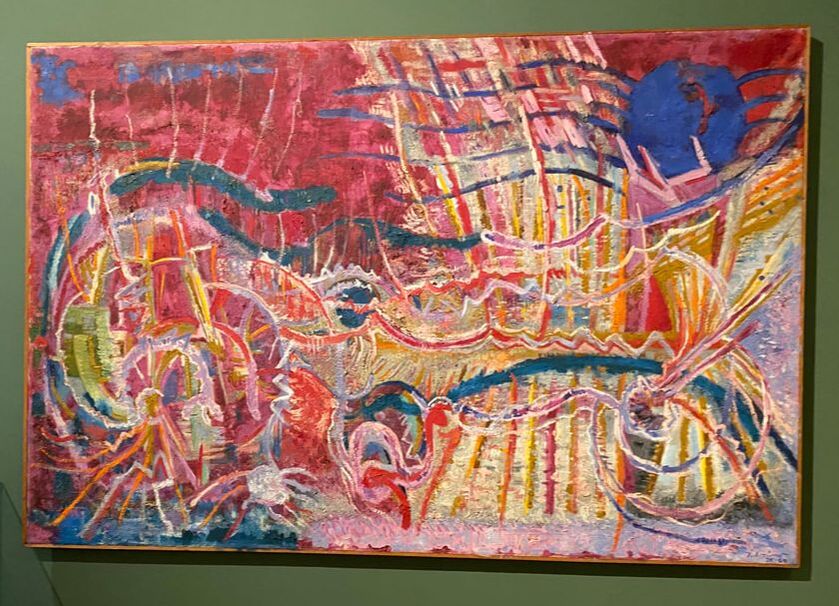
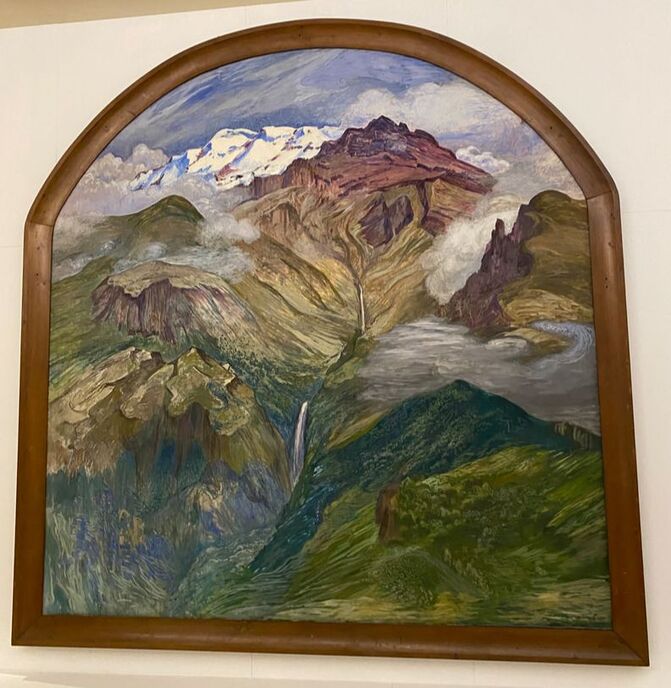
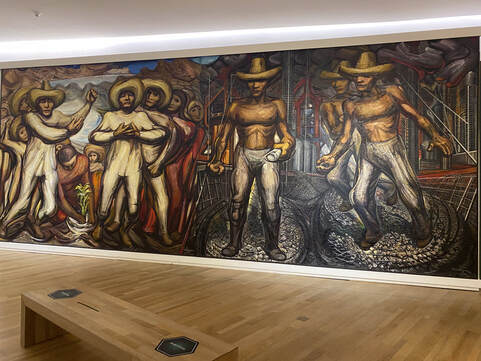
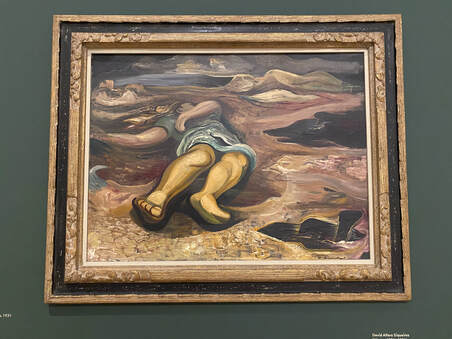
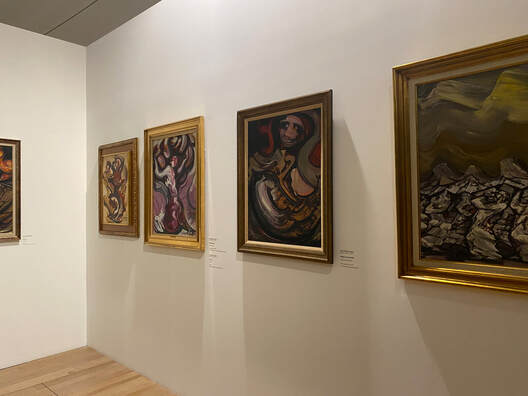
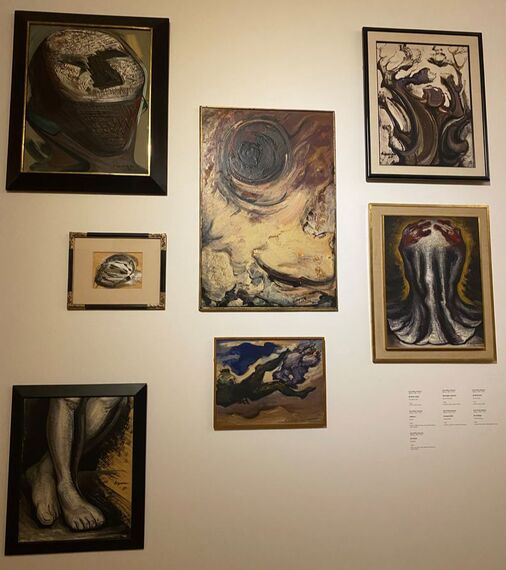
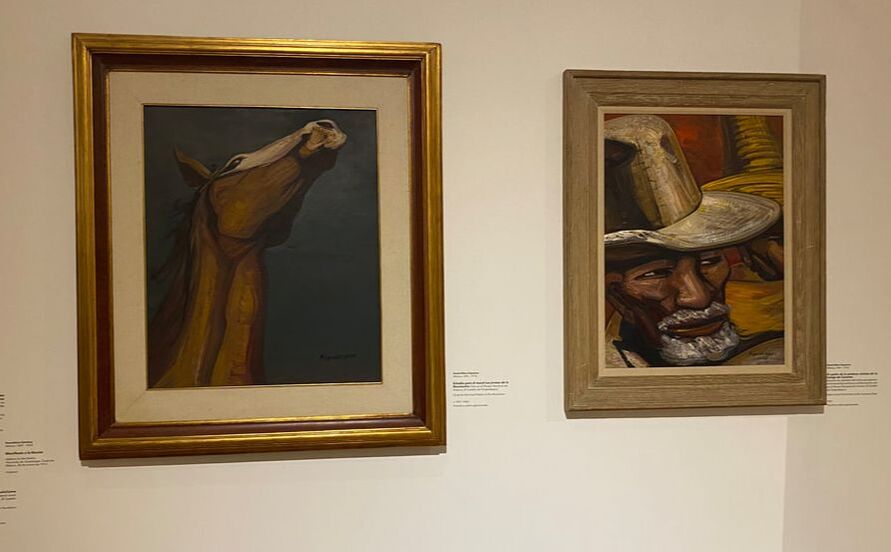
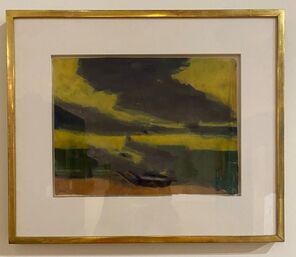
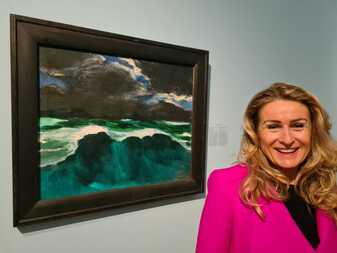
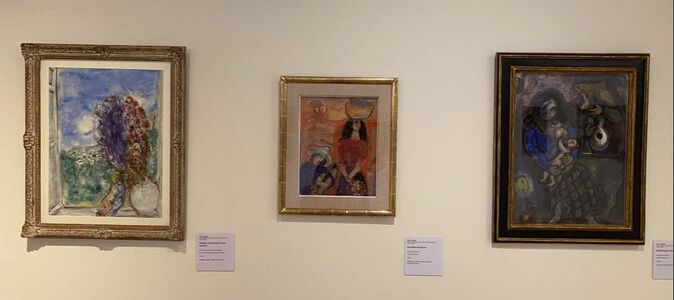
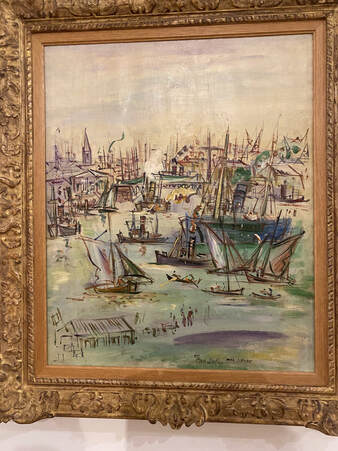
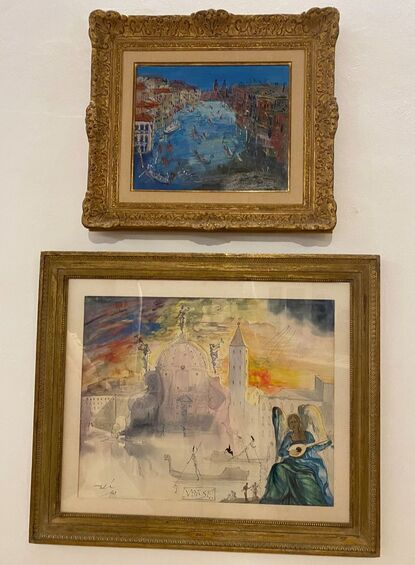
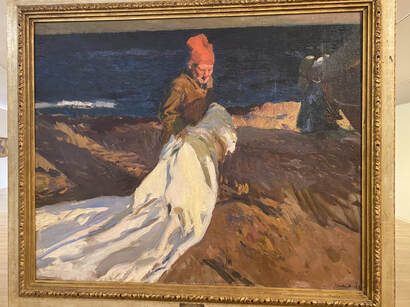
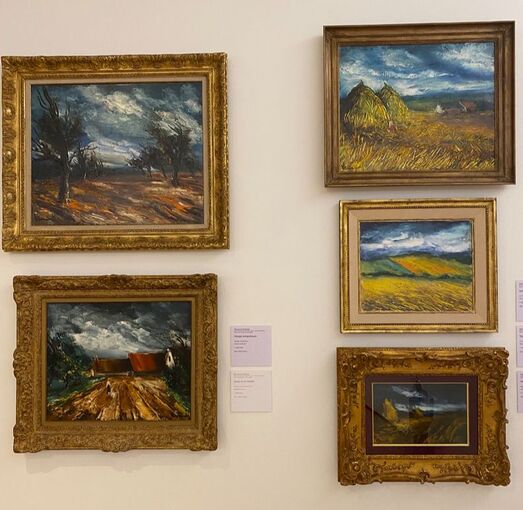
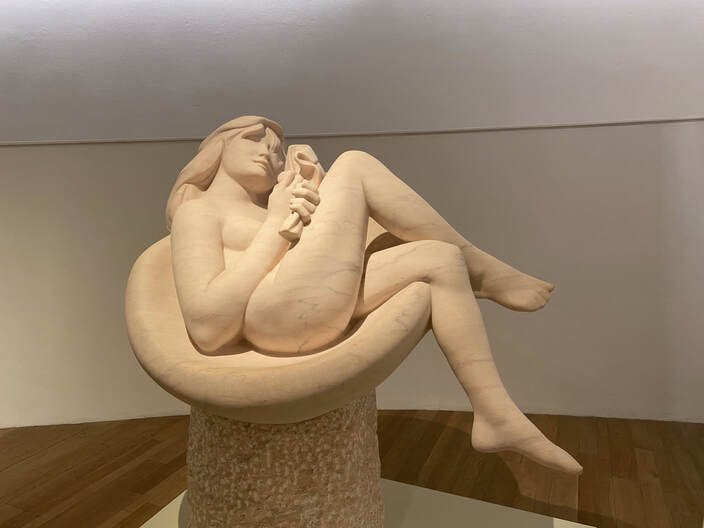
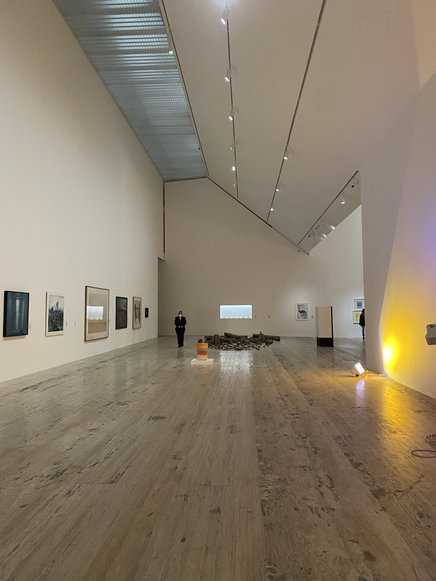
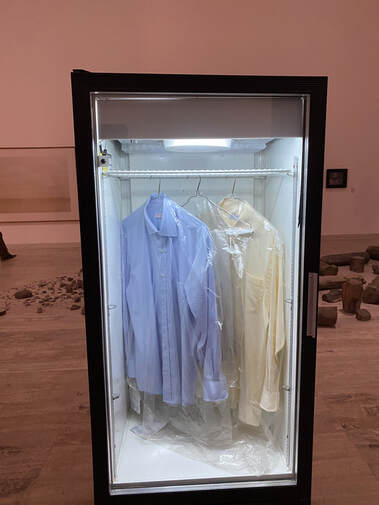
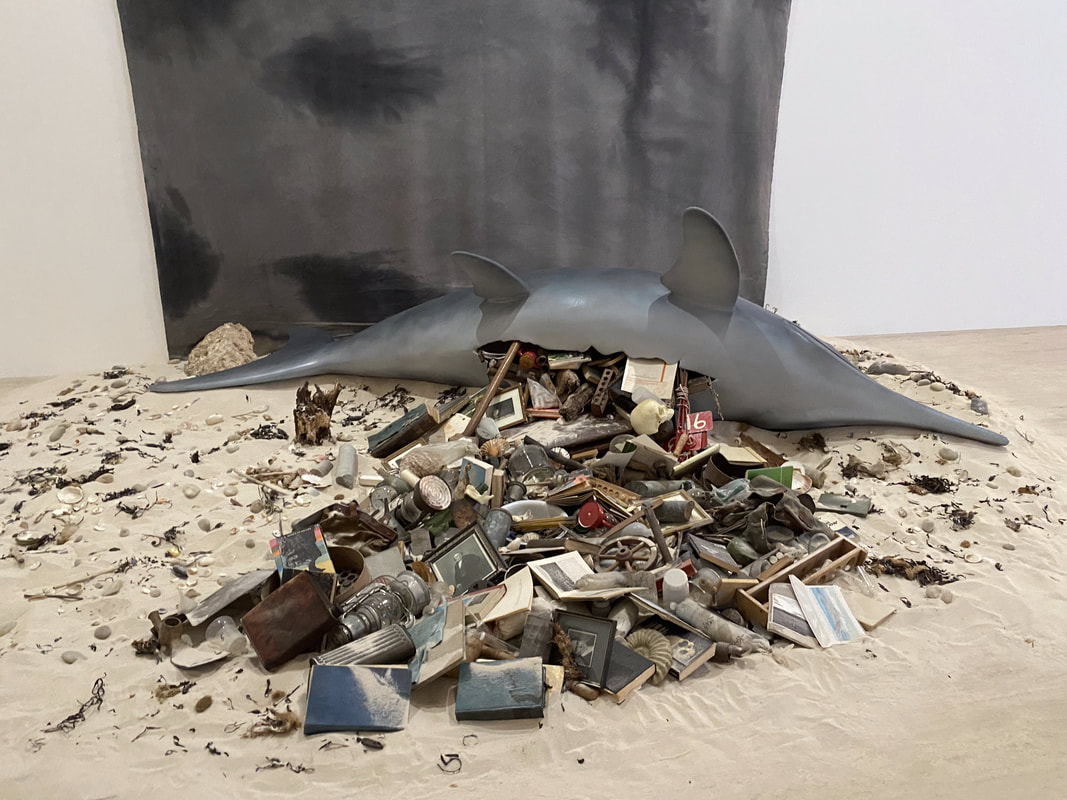
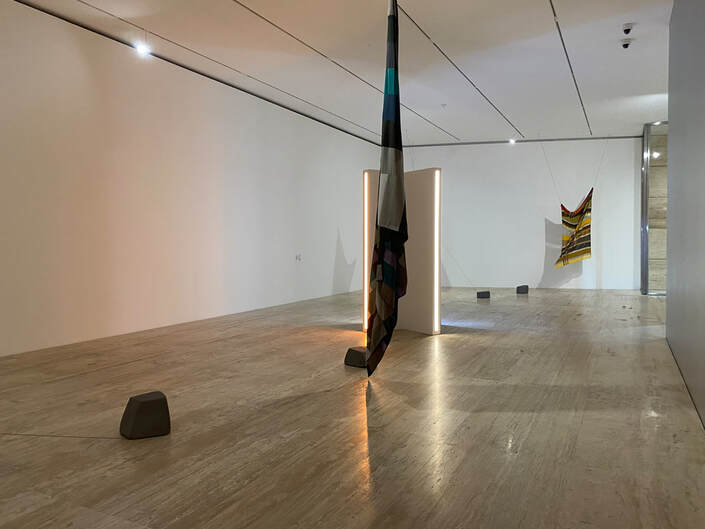
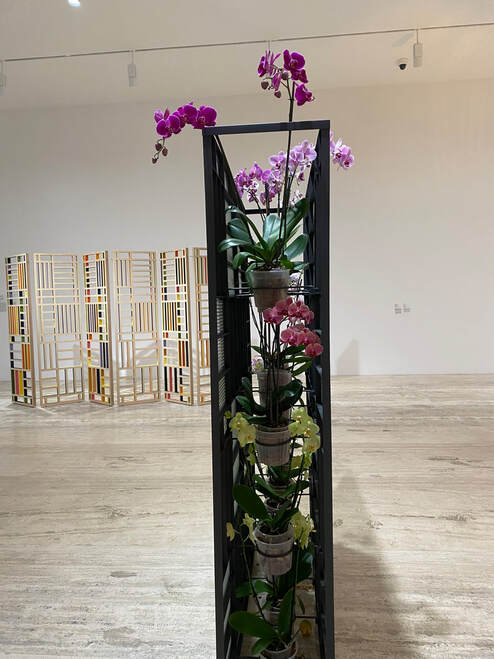
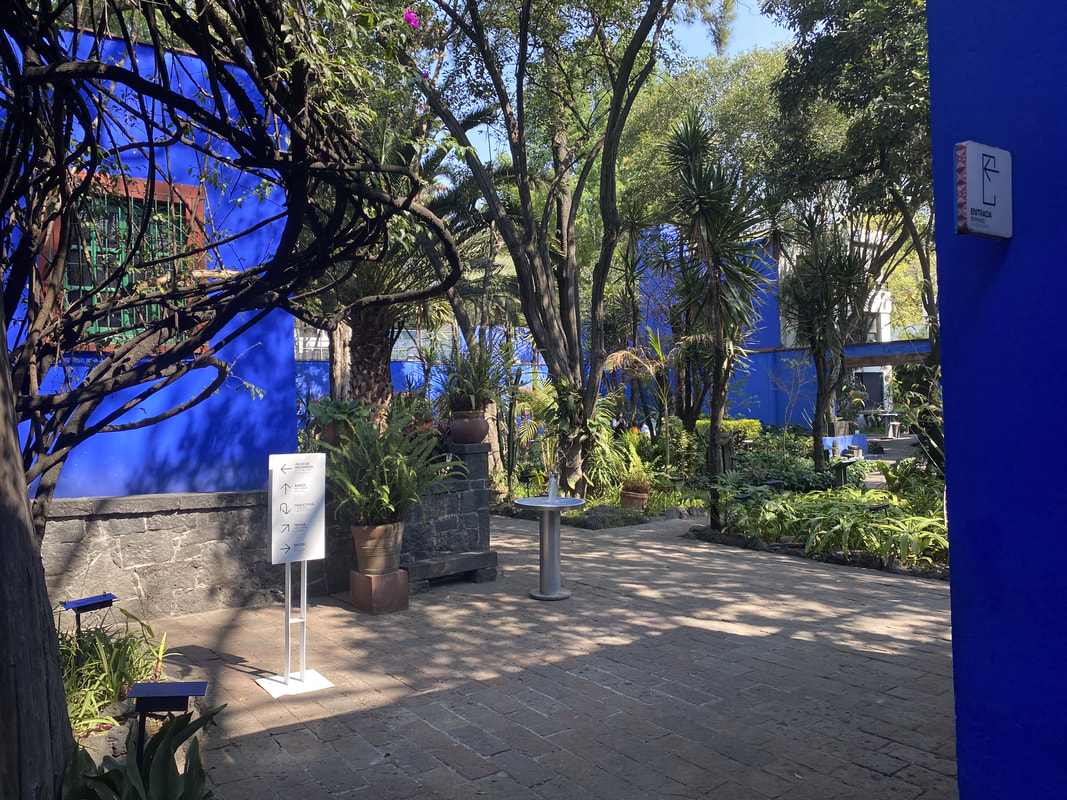
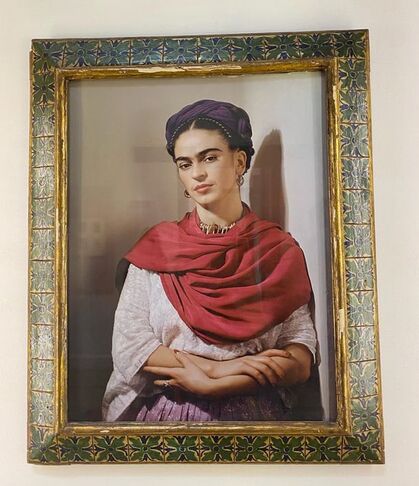
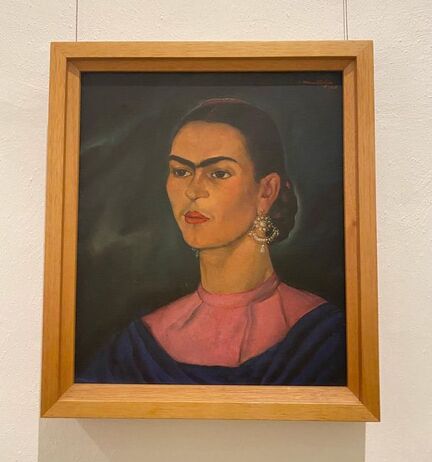
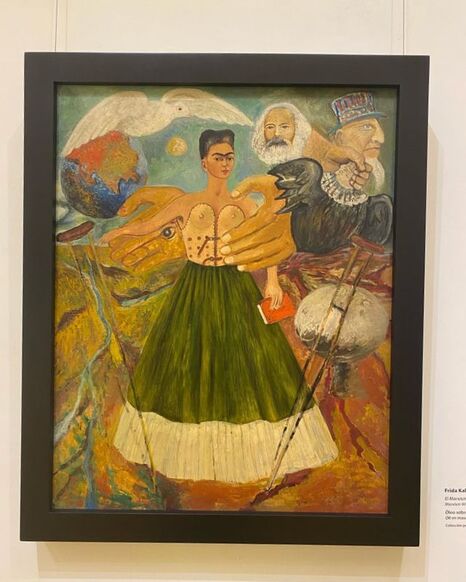
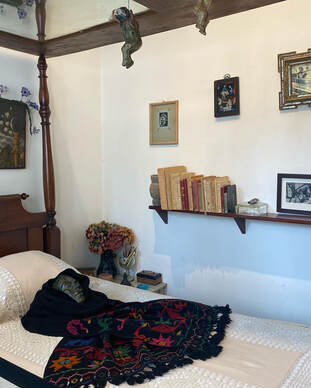
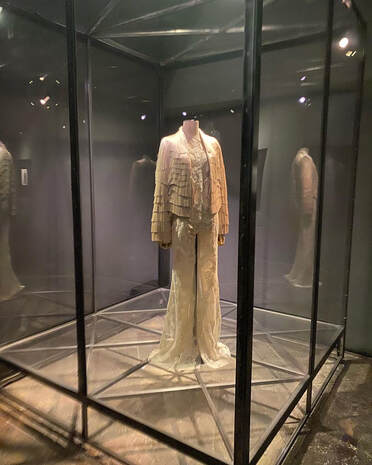
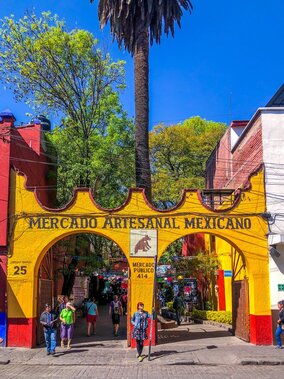
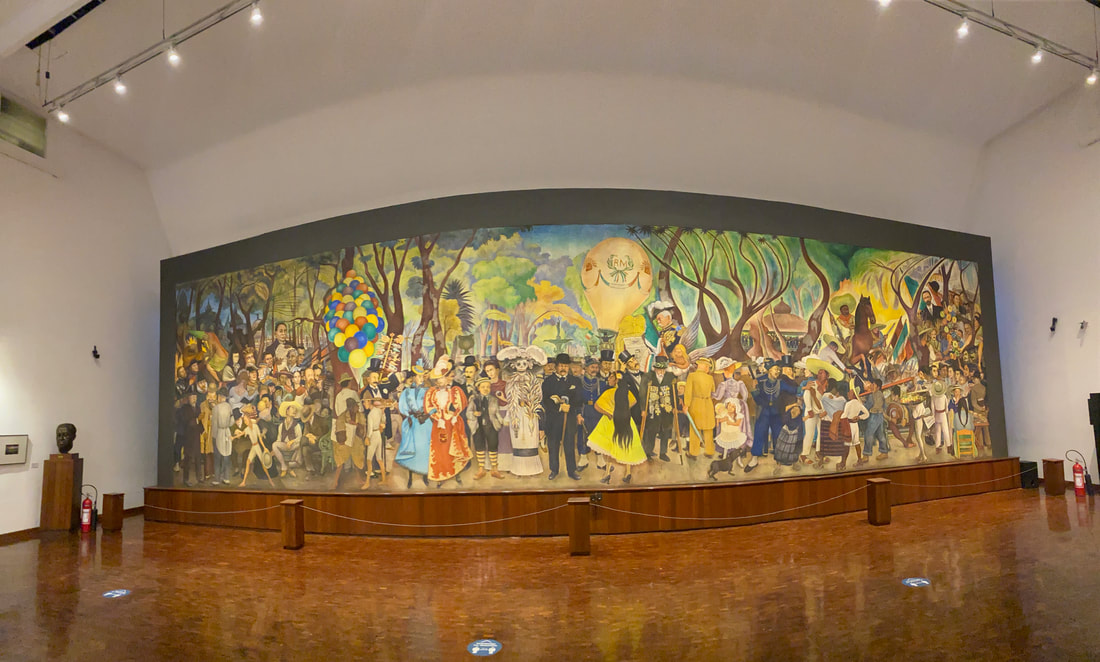
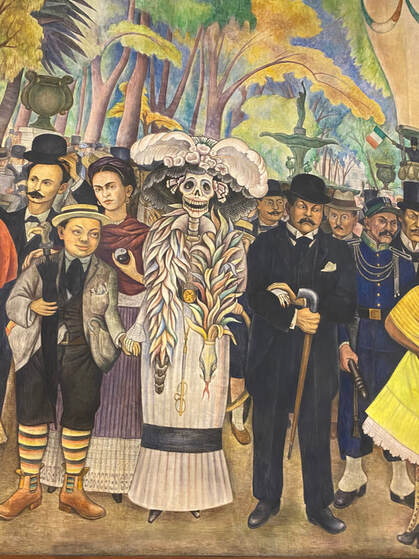
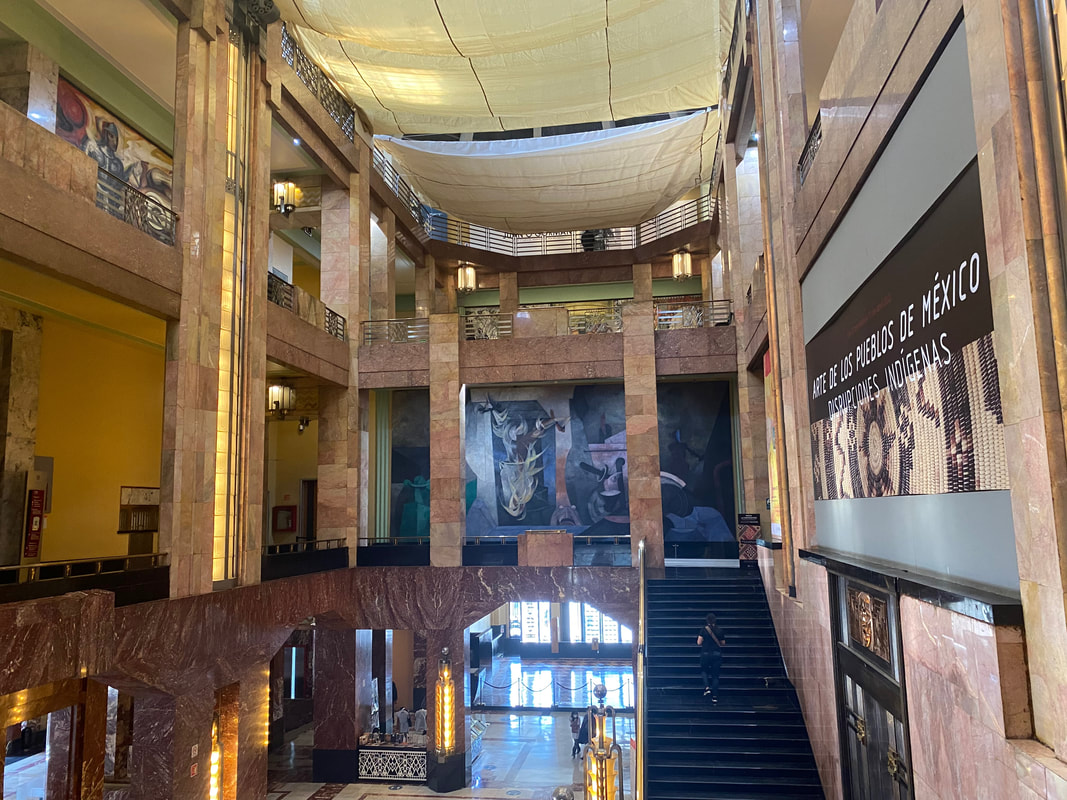
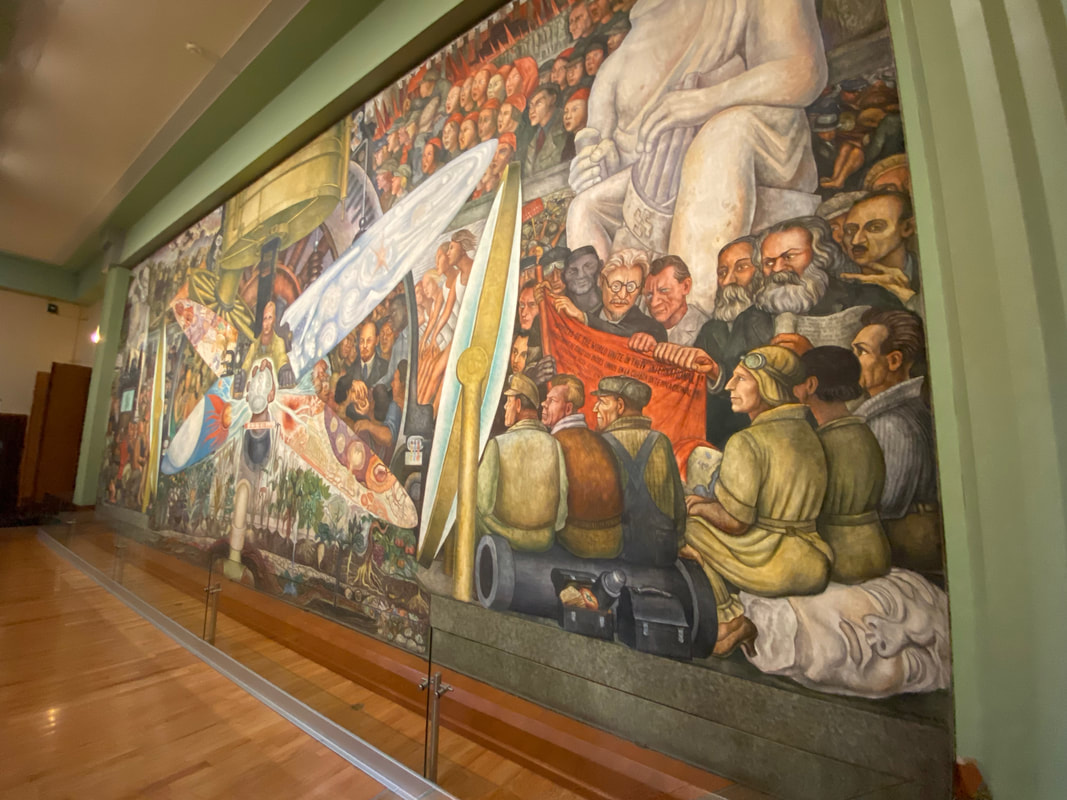
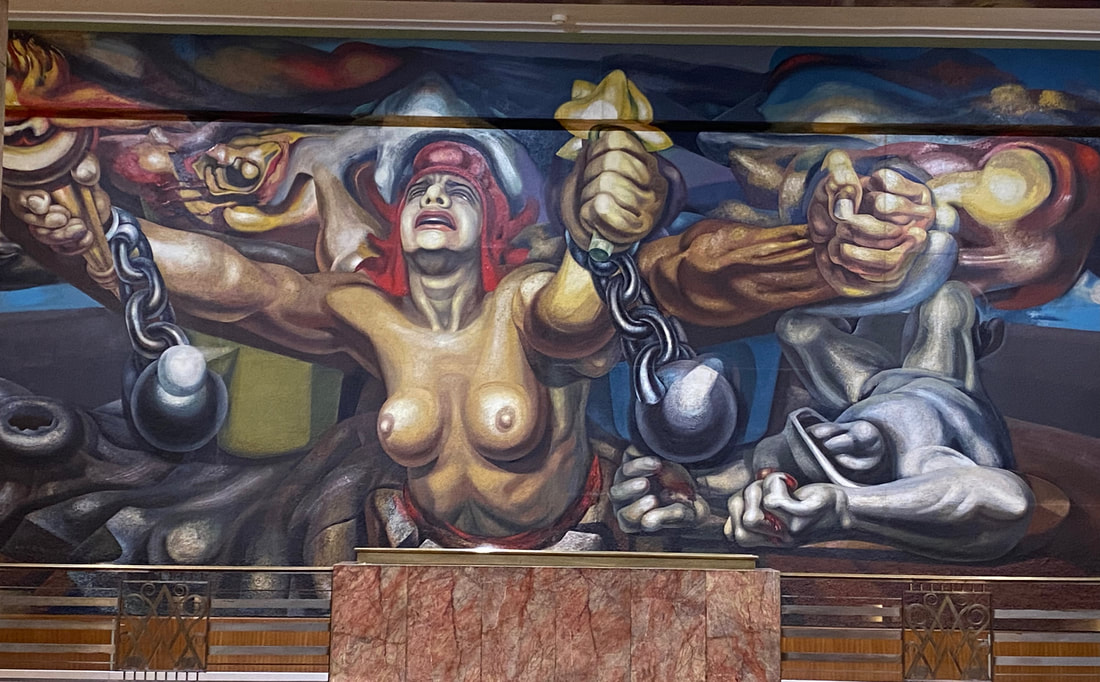
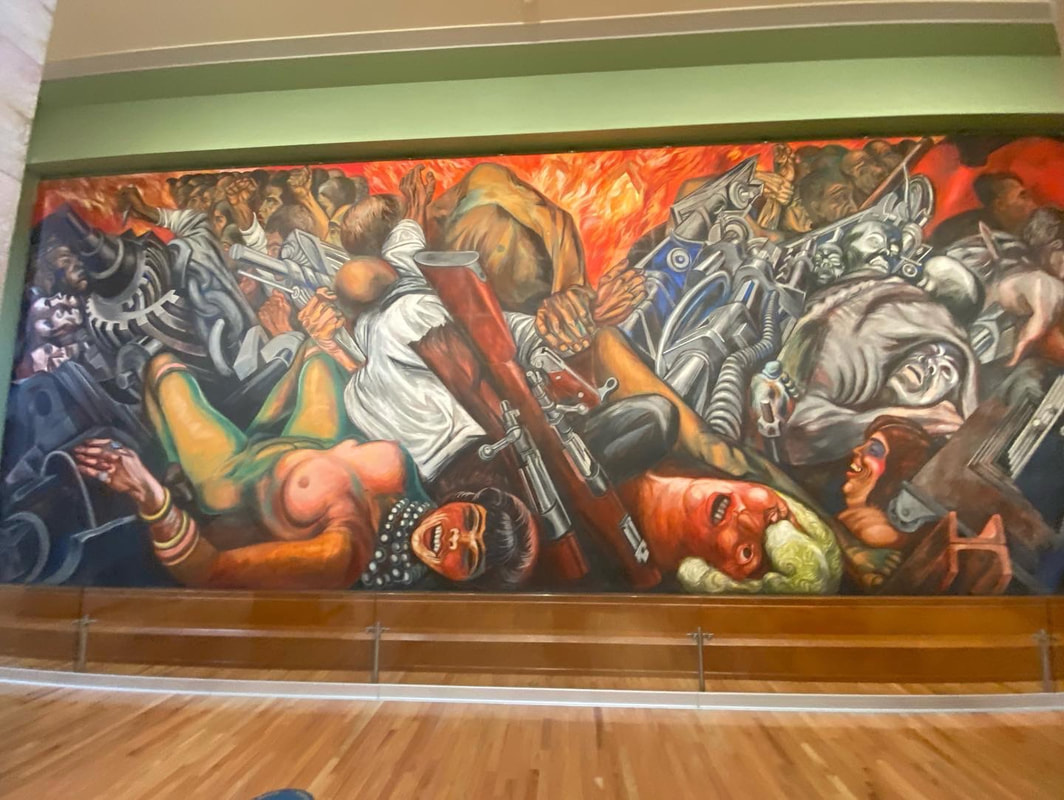
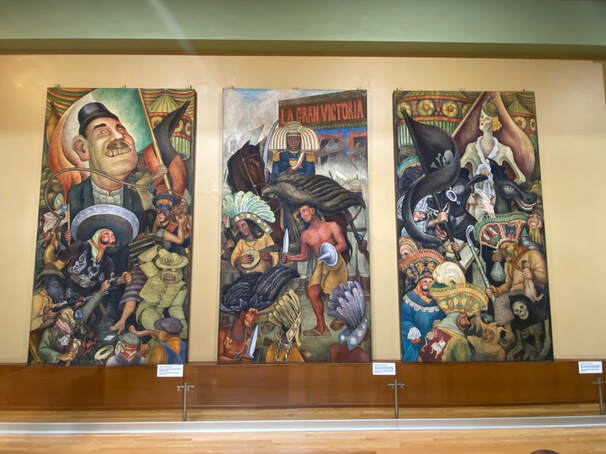
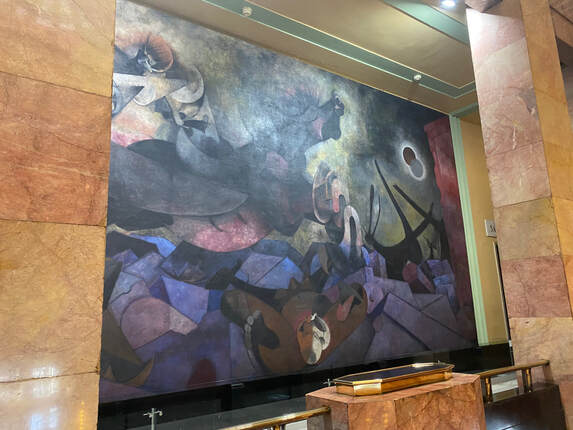
 RSS Feed
RSS Feed